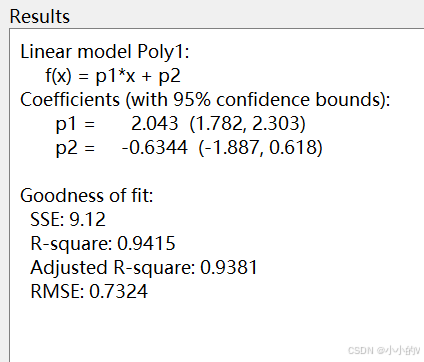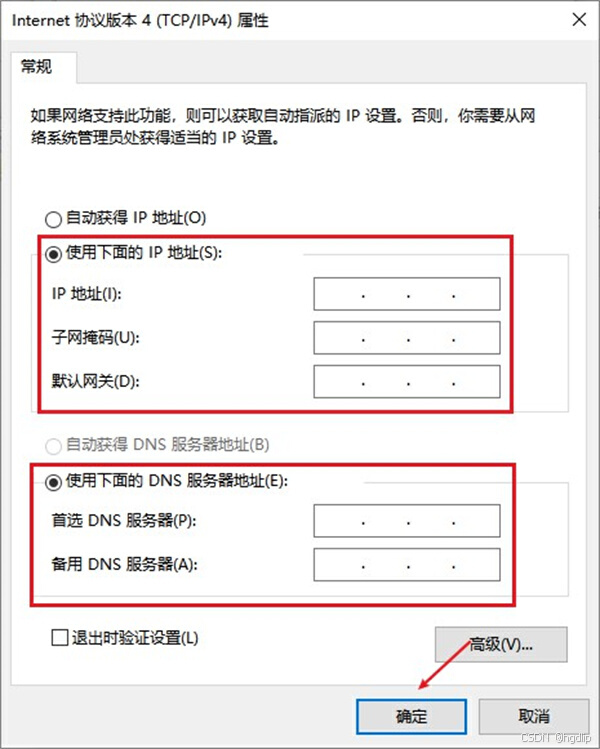1. 题目大意
给你一个链表,删除链表的倒数第 n 个结点,并且返回链表的头结点。
进阶:你能尝试使用一趟扫描实现吗?
2. 思路分析

输入:head = [1,2,3,4,5], n = 2
输出:[1,2,3,5]
我们可以先遍历一遍链表求出链表的长度,再遍历时遇到倒数第n+1个,可以直接删除第n个。
接下来是进阶,上面的方法需要遍历两遍链表,如果遍历一次那?答:使用双指针,A指针在原地,另一个B指针距离上一个指针N个节点,当B指针为空的时,A指针恰好指向第N个节点。当然为了方便删除的操作,可以在列表前面加一个头节点,A从头节点开始计算,这样当B节点为空的时候,A恰好指向倒数第N个节点的前一个节点。
3. 代码示例
Java版本
/**
* Definition for singly-linked list.
* public class ListNode {
* int val;
* ListNode next;
* ListNode() {}
* ListNode(int val) { this.val = val; }
* ListNode(int val, ListNode next) { this.val = val; this.next = next; }
* }
*/
class Solution {
public ListNode removeNthFromEnd(ListNode head, int n) {
ListNode temp = head;
int size = 0;
while(temp!=null){
temp = temp.next;
size++;
}
if(size ==1){
return null;
}
ListNode dummy = new ListNode(0, head);
ListNode cur = dummy;
for(int i=1; i<size-n+1; i++){
cur = cur.next;
}
cur.next = cur.next.next;
return dummy.next;
}
}
Python版本
# Definition for singly-linked list.
# class ListNode:
# def __init__(self, val=0, next=None):
# self.val = val
# self.next = next
class Solution:
def addTwoNumbers(self, l1: Optional[ListNode], l2: Optional[ListNode]) -> Optional[ListNode]:
res = ListNode(0)
cur = res
# 保存进制记录
carry = 0
while l1 is not None or l2 is not None or carry:
x = 0 if l1 is None else l1.val
y = 0 if l2 is None else l2.val
sum = x+y+carry
carry = sum // 10
sum = sum % 10
cur.next = ListNode(sum)
cur = cur.next
if l1 is not None:
l1 = l1.next
if l2 is not None:
l2 = l2.next
return res.next



















